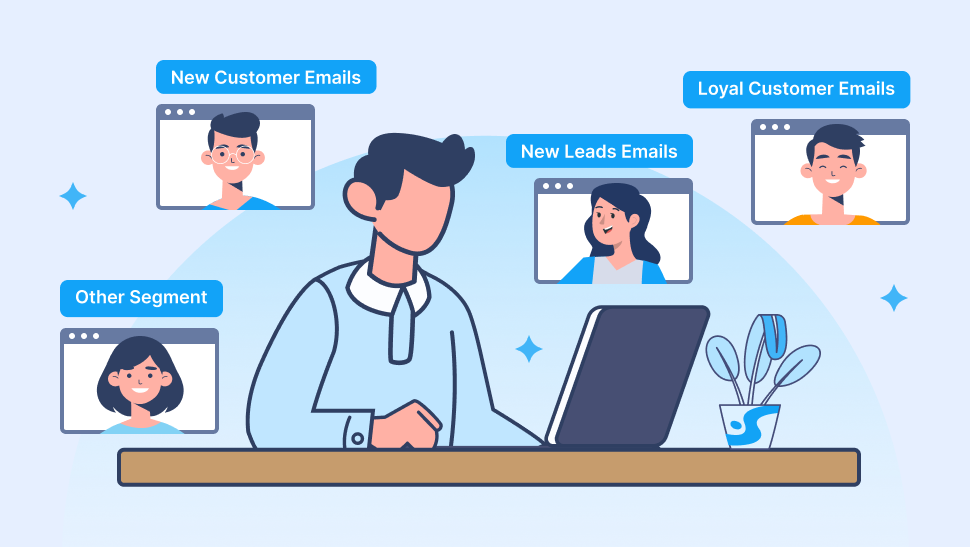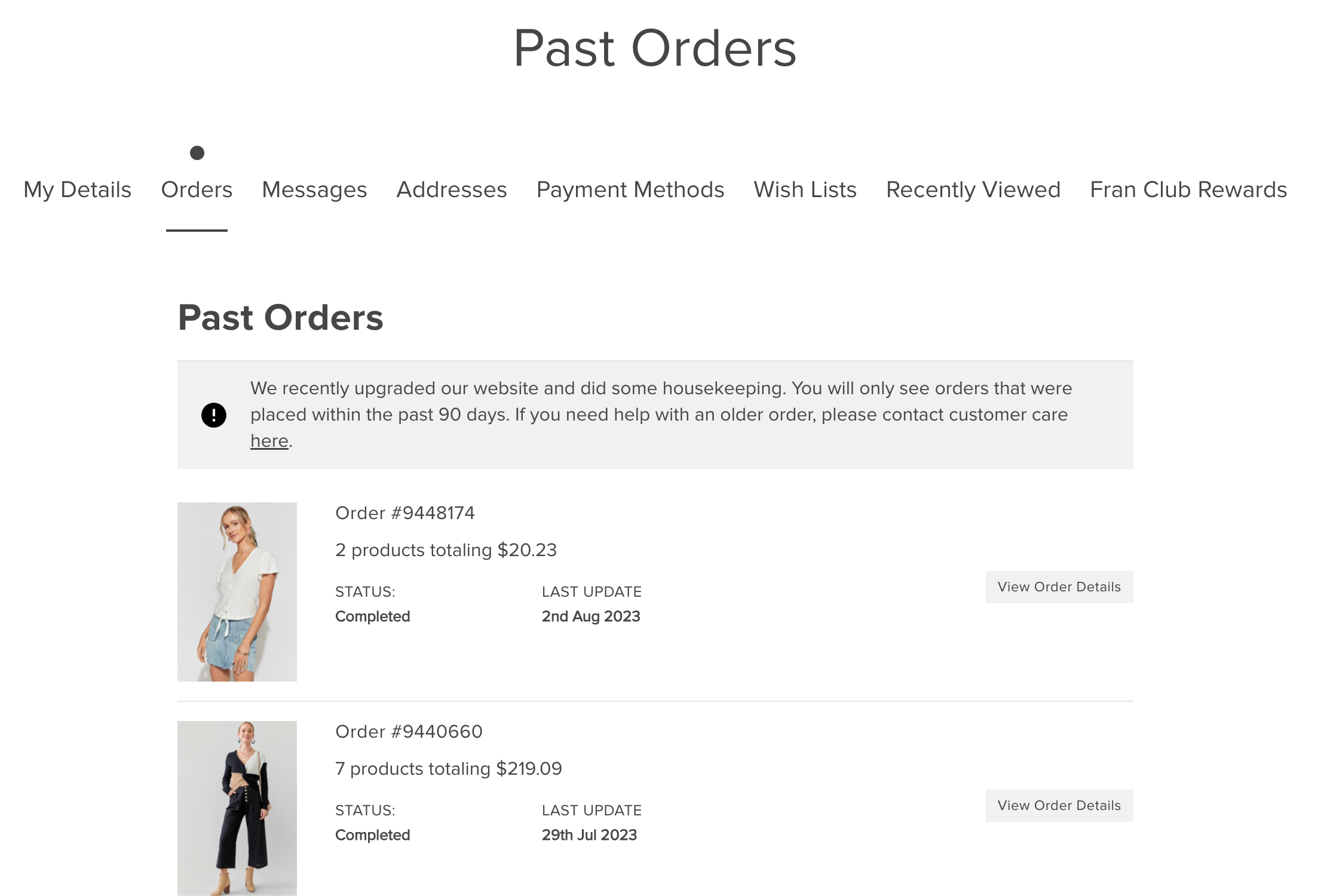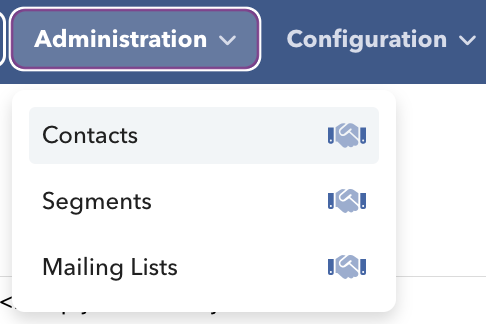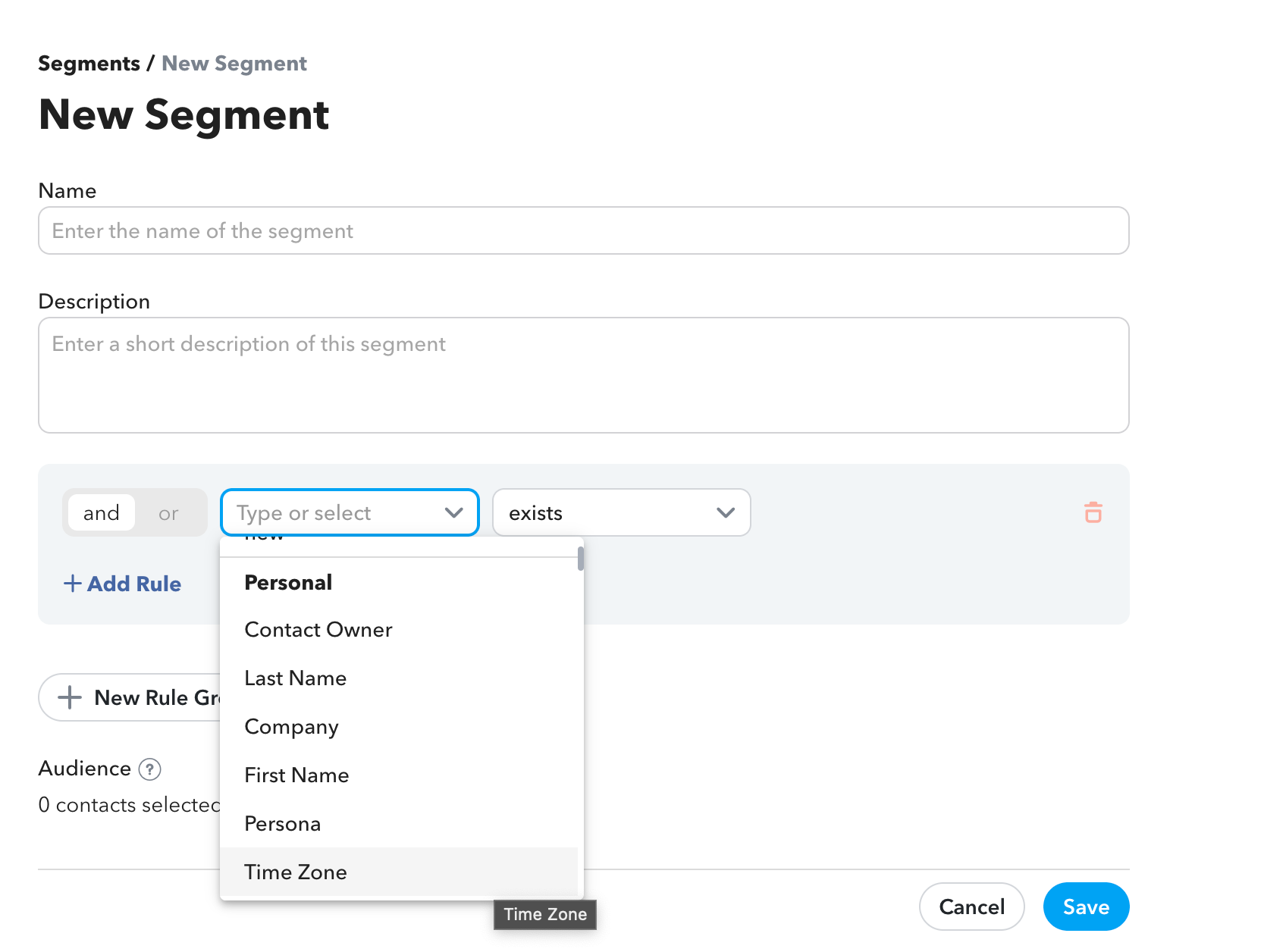A segmented email list is a strategic approach to organizing and categorizing an email subscriber list into distinct groups or segments based on specific criteria.
Table of Contents
- What Are Segmented Email Lists?
- How Segmenting Lists Can Improve Email Marketing
- Best Ways to Segment Email Lists for Businesses of All Industries
- How the Messaging App Makes Segmenting Fast and Easy
- Conclusion

What Are Segmented Email Lists?
Rather than sending a one-size-fits-all email campaign to your entire subscriber base, segmentation allows you to tailor your email content and messaging to different subsets of your audience, enhancing the relevance and effectiveness of your communication.
The concept behind segmented email lists is rooted in the recognition that not all subscribers have the same interests, preferences, behaviors, or needs. By dividing your subscriber base into smaller, targeted segments, you can create more personalized and compelling email campaigns that resonate with each group. This, in turn, leads to higher engagement rates, improved open and click-through rates, and ultimately, better conversion rates.
Segmentation can be based on a variety of factors, including:
Demographics: This involves categorizing subscribers by age, gender, location, income level, and other demographic information. For instance, an online clothing retailer might segment their list by gender to send tailored promotions.
Behavioral Data: Segmentation based on subscriber behavior includes factors such as purchase history, browsing activity, interaction with previous emails, and engagement on your website. This enables you to send targeted recommendations and follow-ups based on their actions.
Preferences: Subscribers' interests and preferences can be determined through surveys, subscription preferences, and the types of content they engage with. This allows you to send content that aligns with their specific interests.
Customer or Lead Stage: Segmenting subscribers based on where they are in their customer journey – whether they're new prospects, active customers, or inactive – allows you to send content that corresponds with their current relationship with your brand.
Geography: Tailoring emails based on location-specific events, holidays, or offers can resonate more strongly with recipients.
Personalization: Beyond just segments, personalization within each email using the subscriber's name and tailored content can further enhance engagement and conversion rates.
Implementing segmented email lists requires effective data collection and management. This can involve integrating your email marketing platform with your CRM system or e-commerce platform to gather and analyze relevant data. Advanced marketing automation tools often facilitate the creation and management of segmented lists, allowing you to automate the process and ensure quick, relevant communications.
How Segmenting Lists Can Improve Email Marketing
Segmenting email lists is a powerful strategy that can significantly enhance a business's email marketing efforts. By dividing a subscriber base into smaller, targeted segments based on specific characteristics or behaviors, businesses can tailor their email content and messaging to resonate more effectively with each group. This approach offers a range of benefits that can ultimately lead to improved engagement, higher conversion rates, and a stronger overall return on investment (ROI).
Personalized Content
One of the primary advantages of segmenting email lists is the ability to deliver personalized content to each group. Rather than sending generic messages to a broad audience, businesses can craft emails that address the unique needs, preferences, and interests of each segment. This level of personalization increases the relevance of the content, making subscribers more likely to engage with and act upon the emails they receive.
Higher Open and Click-Through Rates
Emails that are tailored to a specific audience are more likely to capture recipients' attention. When subscribers see content that directly relates to their needs or desires, they're more inclined to open the email and click through to learn more. As a result, segmented email campaigns tend to enjoy higher open and click-through rates compared to mass email blasts.

Improved Engagement and Customer Loyalty
By delivering content that aligns with subscribers' interests, businesses can establish a deeper connection with their audience. Engaged subscribers are more likely to stay subscribed over time, leading to lower unsubscribe rates. Additionally, as subscribers consistently find value in the emails they receive, their loyalty to the brand can increase, fostering a positive customer relationship.
Better Conversion Rates
The relevance of segmented emails translates into higher conversion rates. Whether the desired action is making a purchase, signing up for a webinar, or downloading a resource, tailored content that speaks directly to the recipient's needs and pain points increases the likelihood of them taking that action.
Optimized Marketing Spend
Segmenting email lists allows businesses to allocate their marketing resources more efficiently. Rather than spending money on sending emails to the entire list, resources can be focused on creating targeted content for specific segments. This precision can lead to a higher ROI on marketing efforts, as resources are directed toward the individuals who are most likely to convert.
Enhanced Customer Experience
When subscribers receive content that feels tailored to their preferences, they have a more positive experience with the brand. This can lead to increased satisfaction and a sense of being understood by the company, which in turn strengthens customer relationships and builds brand affinity.
Behavioral Insights and Data Utilization
Segmenting email lists based on behavioral data provides businesses with valuable insights into customer preferences and actions. This data can be leveraged for future marketing strategies, helping to refine messaging, product offerings, and overall business strategies.
A/B Testing and Optimization
Segmenting allows businesses to conduct A/B testing more effectively. By comparing the performance of different email versions within specific segments, marketers can gather data on what resonates most with each group, leading to continuous optimization of email content and strategies.
Segmenting email lists is a dynamic strategy that can revolutionize a business's email marketing efforts. Through these benefits and uses, businesses can create more meaningful connections with their subscribers. By mastering the art of segmentation, anyone can provide a competitive edge and drive substantial growth for businesses of all sizes.
Best Ways to Segment Email Lists for Businesses of All Industries
Implementing effective segmentation requires thoughtful planning and strategic execution. Here are some of the best strategies for segmenting email lists:
Demographic
Divide your subscriber base based on demographic data such as age, gender, location, and job title. This segmentation helps you create targeted content that resonates with the specific characteristics of each group. For instance, a travel company could send different travel destination recommendations based on the age and preferences of different segments.
Behaviors
This strategy involves categorizing subscribers based on their interactions with your emails, website, and products. Consider factors like purchase history, browsing behavior, engagement with previous emails, and cart abandonment. This segmentation allows you to send tailored follow-ups, recommendations, and reminders, increasing the chances of conversion.
By Purchase History
Segmenting by purchase history allows you to target specific offers and product recommendations to customers who have previously bought from you. You can send complementary product suggestions, offer loyalty rewards, or provide exclusive discounts to encourage repeat purchases.

Photo Credit: Francesca's
By Engagement Level
Segment subscribers based on their engagement frequency and activity. This includes subscribers who regularly open and click your emails versus those who are less active. Tailor your content to re-engage less active subscribers or reward highly engaged ones with special offers.
By Sales Funnel Stage
Divide your audience into different stages of the customer journey, such as leads, first-time buyers, repeat customers, and inactive customers. Each stage requires different messaging and content. For example, new leads might need more educational content, while repeat customers could receive loyalty program updates.
By Preferences and Interests
Collect data on subscribers' preferences and interests through surveys or subscription preferences. This data allows you to create content that aligns with their specific hobbies, preferences, and needs.
Geographically
Segment your list based on the location of subscribers. This is particularly useful for sending location-specific offers, event invitations, or regional updates that are relevant to a particular area.
By Abandoned Carts
Target subscribers who have abandoned their shopping carts with reminder emails or exclusive discounts. These targeted emails can be highly effective in recovering potentially lost sales.
By Event or Behavior Triggers
Set up automated emails triggered by specific actions or events, such as birthdays, anniversaries, or specific website interactions. These automated triggers create a timely and personalized communication experience.
By Multi-Channel Behavior
Consider segmenting based on how subscribers engage with your brand across various channels, such as social media and website visits. This approach ensures a consistent and personalized experience regardless of the platform.
When implementing these strategies, keep in mind that effective segmentation requires accurate and up-to-date data. Regularly clean and update your subscriber lists to ensure the segments remain relevant over time.
How the Messaging App Makes Segmenting Fast and Easy
TruVISIBILITY’s Messaging app makes it easy for business owners, marketers, and team members manage contact lists and design email blasts. There are also countless templates to choose from to customize each to align with any business goal, whether a business needs to create newsletters, send automated shipping notification emails, and more. But how can this app help segment an email list? It can be daunting when a business grows and must handle hundreds to thousands of contacts. But TruVISIBILITY has made it easy.
Now with the help of TruVISIBILITY’s CRM tool, which is included in every marketing app by TruVISIBILITY, you can easily manage and organize your contacts directly through the Messaging app. Here are some steps on how to do it:
1) Click ‘Contacts’ Or ‘Segments’ to view your contact list or the segments you’ve created. Here, you can create a new segment based on demographic, geographical location, etc.

2) You can then add a mailing list by choosing “Mailing Lists” and clicking on the “Add Mailing List” button.

3) Within the CRM tool, you can also click on “Segments” from the drop-down menu and then click the “New Segment” button to add a segment and assign any segment rules to this group, such as “Time Zone”, “Gender”, “Language”, “Birthdate”, and so much more. All of which you can customize, of course!

Since you can directly click on individual contacts and assign them to a group, this limits the chances of accidentally putting a contact in the wrong group.
See Also: How to Resend an Email Blast to New Contacts
Conclusion
Any business can optimize their marketing efforts by segmenting their email lists correctly. By tailoring content and messaging to specific groups, businesses can enhance engagement, drive conversions, and build stronger customer relationships. Implementing a combination of these segmentation strategies allows you to connect with your audience on a more personal level, increasing the likelihood of achieving your marketing goals.
Want to receive more articles?
Sign-up for our weekly newsletter to receive info that will help your business grow



